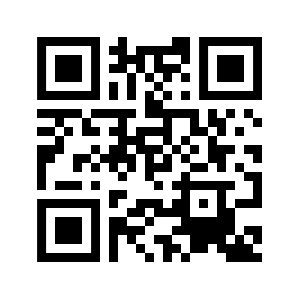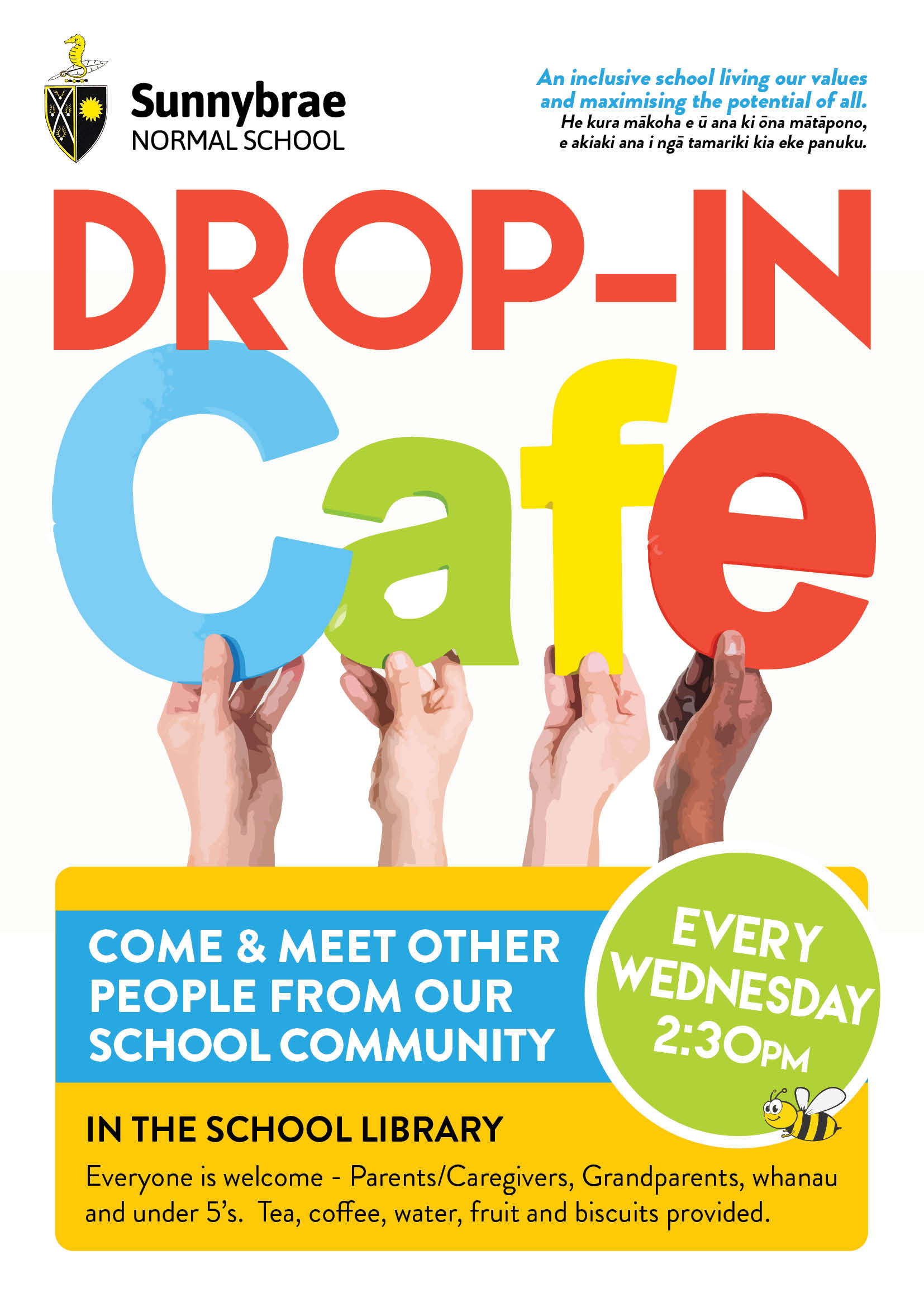6. Strategic Goal – Wellbeing
This week our focus was on managing emotions. For this activity either print out or draw a slide onto paper. This activity uses a slide to help students visualise the way emotions build and the strategies they can use to work through them. Being able to recognise and name emotions is the biggest step towards successfully managing them.
Discuss with the students that all emotions are alright, even the big one, and there are things that can help us manage them. Talk about how emotions work like a slide – they go up and come down. Ask students to think about the arrows in terms of their breath: an emotion comes in (take a deep breath in), and then goes out (breathe out). In fact, calming our breath, just like that, is one way to help come ‘down’ from an emotion.
Managing our emotions is also like coming down a slide because it is about choosing to ‘let go’. All emotions – e.g. worry, happiness, sadness, excitement – follow this pattern. Point out that sometimes we spend a long time at the top not wanting to come down, or at number 4 on the ladder, but eventually we do choose to ‘let go’ and come down the slide. This is normal.
Give this example:
“So here I am going about my day, down at the bottom of the slide, feeling calm; let’s colour this emotion, green/kākāriki.”
- Circle the “1” on your paper with green
- Write the heading: Calm
- Add the sentence “Going about my day.”
How might I know I feel calm? What are some clues? – Relaxed body, no real facial expression, feel light and easy.“And I just need to put my lunchbox away and Kirsty, who is in a hurry pushes me. I’m okay, but I’m a bit sad/surprised. So I’ve moved to ‘2’ and I’m blue (kahurangi).
- Circle the “2” on your paper drawing with blue
- Write the heading: Sad/surprised.
- Add the sentence “Kirsty pushed me.”
How might I know I’m feeling surprised or sad? I may have given Kirsty a surprised or a dirty look, I might feel a bit deflated or on edge, maybe my shoulders slumped or I felt my facial expression change.“So, I say “hey” to Kirsty and she laughs and runs off. Now I’m annoyed! What kind of friend does that?! Where have I gone to? I have jumped to #4 and I’m yellow/kōwhai.
- Circle the “4” on your paper drawing with yellow
- Write the heading: Annoyed.
- Add the sentence “Kirsty ran off.”
Ask: What do you think? Why would Kirsty treat me like that?
- If students escalate the emotions saying things like, “she doesn’t like or care about you,” carry on escalating the story to 5, rage and red (whero).
- If students de-escalate the emotions saying things like: “Maybe it was an accident, or she was in a hurry and excited and didn’t mean to upset you,” then de-escalate by jumping off the slide (letting go) and heading back to green (kākāriki).
Whichever option they choose, challenge them by applying the opposite to show that escalation and de-escalation often happen based on how we think about what happened and this is something we can control (although it is not always easy). Remind students that none of these emotions is ‘bad’ – they are just emotions and we all feel them. The thing to be careful about is how our emotions can affect our behaviour.
If Kirsty pushes us and we become really angry, how might this affect our behaviour?
- We might be rude or mean to other people – this may even include our family when we get home
- We might break something purposefully
- We might not really think, or care, about consequences.
But we do not stay like this forever.
With younger students focus on the things that help us manage the emotion, or come down the slide. What can we do to help a big emotion pass?
There are lots of possible answers, including:
- Tummy breathing, walking away and finding a quiet spot, talking to someone, thinking positive thoughts, a hug or pat on the back, drinking water, using positive self-talk.
For older students, you might like to give them the Slide worksheet and get them to focus on the left-hand side of the worksheet, which is the emotion building or escalating.
Get the students to imagine a situation where they might move up the slide, all the way to five. Ask them to:
- Write the emotions and descriptions on their worksheets
- Colour the numbers to match their mood
- Add arrows to show the emotion building
Regroup and invite a few students to share their stories. Then focus on the things that help us manage the emotion, or come down the slide. What can we do to help a big emotion pass?
There are lots of possible answers, including:
- Tummy breathing, walking away and finding a quiet spot, talking to someone, thinking positive thoughts, a cuddle or pat on the back, drinking water, using positive self-talk.
Write some answers on the board, then ask students to complete the right side of their worksheets, choosing an action (or two) they might use to come down the slide.



